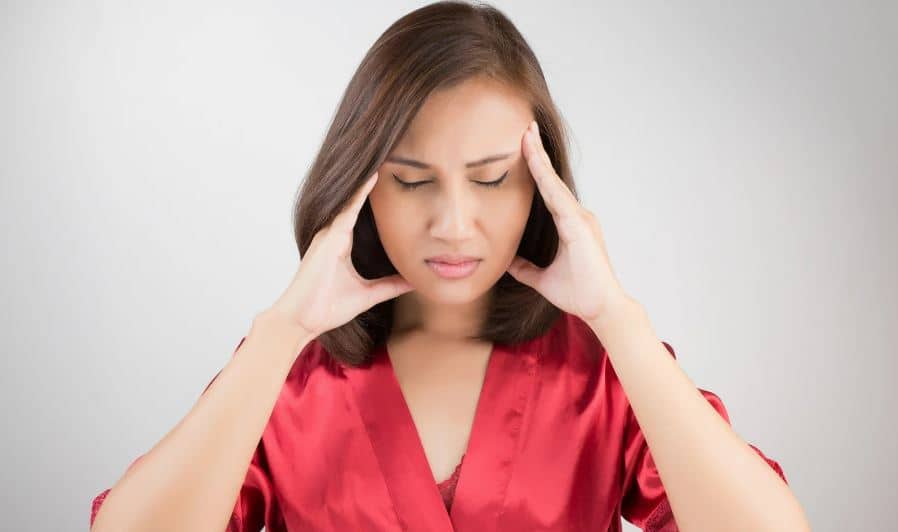Superior Semicircular Canal Dehiscence Syndrome (SCDS) is a rare condition compared to other causes of dizziness. Hain (2016) has diagnosed 46 patients compared to several thousand with Benign Paroxysmal Positional Vertigo (BPPV). Thus, SCDS is much less prevalent than BPPV which is known to affect 2% of the population. As it is known that about 2% of the population has thinning of the bone that can lead to SCDS, Hain further indicates that a reasonable estimate of prevalence of symptomatic SCDS is about 0.1% of the population. Others have suggested that SCDS may account for as much as 15% of those that are chronically dizzy.
This week at Hearing International we have a guest author from Scotland, Philippa Thomson. Philippa has been living with this debilitating balance disorder for most of her life and discusses her life with the disorder. Her story is interesting and, hopefully will help others around the world to seek assistance and medical attention for this rather obscure disorder.
I have quite a holey head. I think I’d better explain that – Superior Semicircular Canal Dehiscence Syndrome (SCDS), that’s what I’m referring to. For very many people this condition remains an unknown entity as most have never even heard of it and, yet, during the twenty odd years since it was first discovered, the data has been slowly accumulating, suggesting that it is actually much more common than first realized.
The syndrome was identified by Dr. Lloyd Minor and his team at the John Hopkins University School of Medicine in Baltimore in 1995, after seeing a couple of patients suffering from the same symptoms: When they heard a loud noise everything in the room appeared to jump up and down, accompanied by disequilibrium and extreme nausea. A study of pigeons many years earlier had found a link between specific eye movements and damage to certain canals of the inner ear, and this enabled the team to take their research forward. They pinpointed a balance disorder caused by a tiny hole in the superior canal, the uppermost canal of the vestibular structure. The developmental anomaly is thought to occur during the first three years of life as a result of a lack of bone deposition. It can cause a tiny hole to develop, and in roughly 50% of cases, including my own, this occurs on both sides of the head.
I have just referred to SCDS as a balance disorder and that is how it is commonly known, but it’s important to keep in mind that some people with the condition have hearing loss only, or autophony or tinnitus only, and they experience no vestibular symptoms (for more information on SCDS click on the expert perspective video). It’s a tricky disorder to diagnose as the presentation is so varied from one person to the next. The symptoms can sometimes be subtle and therefore easily missed, and there is also overlap with other disorders such as hyperacusis, patulous Eustachian tube and perilymph fistula. Dr Gerard Gianoli at the Ear and Balance Institute in Covington, Louisiana, who became my specialist after a failed first surgery in England, suspects that all SCDS people are asymptomatic until a second event. It’s probably a pressure altering occurrence, a trauma perhaps – a blow to the head, or barotrauma of the kind that happened to me on a flight.
Onset of Hearing Symptoms
During the descent at the end of a flight coming in to Amsterdam, there was a rapid change of pressure and I felt a brutally sharp pain in my left ear. Over the weekend stay in the city the pain subsided but was replaced by a very uncomfortable blocked sensation, and I had a desire to keep un-popping the ear that simply refused to un-pop. I was also experiencing fairly noticeable disequilibrium, particularly in environments where there were a lot of different noises and people milling around. The imbalance however was not a new sensation for me as I’d been coping with it for years and years, and anxiety frequently accompanied it.
Over a period of months after the flight, more and more symptoms gradually crept in, and they were subtly changing or worsening during that time. The headaches were becoming severe, the nausea persistent, my vision was often blurred or my eyes seemed to jump around, and it was extremely uncomfortable to raise my voice, sing, or even eat crunchy foods. All the sounds reverberated inside my head. Autophony is literally defined as hearing self. More broadly interpreted, it refers not just to hearing your own voice loudly but other internal noises, such as heartbeat and joint movements. Creaking noises from my neck and the clicking sound of my eyes opening and shutting became increasingly apparent. Furthermore, I had great trouble hearing people in noisy surroundings and yet I was also hypersensitive to particular types of clashing sounds – a banging door, my dog barking, a spoon clattering on the floor. And then there was the pulsatile tinnitus to endure – terrible whooshing and thumpings noises in my ear from the sounds of my heartbeat pounding and the change in blood flow near the ear.

Vertigo and Disequilibrium
As if this wasn’t more than enough to struggle with, debilitating vertigo eventually set in. I would have frequent freeze-on-the-spot attacks in public places, as I was no longer just unsteady, everything was starting to spin. My memory and concentration were noticeably affected and anxiety was amped to the max. I had no idea at that point that my years and years of imbalance and associated worry were directly linked to the new symptoms resulting from the flight incident – all I knew was that something was making my life unbearable, and as I had a severely disabled child to care for as well, I no longer felt able to cope.
In fact the myriad of symptoms were all a result of two holes in the superior canals, one on each side of the head. I subsequently discovered that the anxiety and dizziness were directly linked, as scientists are now getting to grips with the very basis wiring in the brain that creates a two-way path. The underlying network explains why I became a prisoner of my own thought processes, trapped in a recurring and self-destructive pattern of concern about when the next dizzy or panic attack would strike.
Getting Proper Diagnosis
It took nearly four years for me to get an SCDS diagnosis. They were utterly miserable years. Even when I eventually managed to find my way to a doctor who put all the clues together and requested the necessary CT scan, the diagnosis turned out to be incomplete as I was incorrectly told my condition was unilateral.
“I was unsuccessfully treated and incompletely diagnosed in the UK, and then had to travel to America for treatment. I had a grueling time, as do so many others with SCDS.”
With the benefit of hindsight, I think the first hole (on the right side) may have been caused by a dramatic headfirst fall from a bicycle in my teenage years. I have recently published my whole experience with SCDS and related symptoms in a memoir.
*Interested readers may want to check out the video below for more info on SCDS
Author Biography
Philippa Thomson is a researcher, editor and writer. She enjoyed success in the creative world of picture research, holding the posts of picture manager on Macmillan’s multi-volume Dictionary of Art as well as picture editor at Phaidon Press, among others. She put her full-time publishing career on hold to raise her children, the youngest of whom was born severely disabled as a result of a rare chromosome disorder, and her own life has been seriously affected by the balance disorder SCDS. Philippa has edited the books of others but the memoir A Hole in My Life – Battling Chronic Dizziness (2016) is the first book of her own. She lives near Edinburgh in Scotland. Find her on LinkedIn and Google+ or connect with her on Twitter at @PhilippaThomson
References:
Hain, T. (2016). Superior Canal Dehiscence. Dizziness-and-balance.com. Retrieved July 18, 2016.






